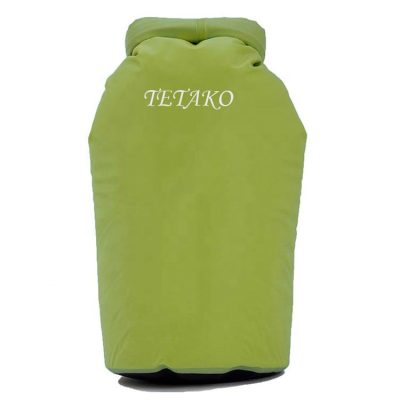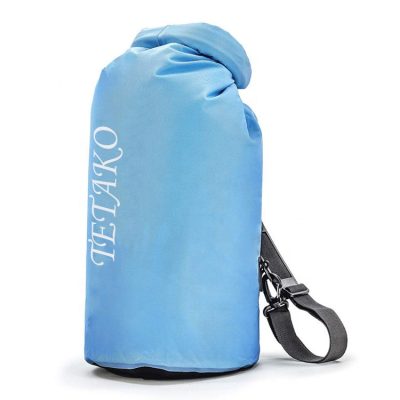Tarpaulins are versatile tools for outdoor enthusiasts and can be used for various purposes such as shelter, protection, and organization. Here are some useful tarpaulin tips for outdoor enthusiasts:
- Choose the Right Tarp:
- Select a tarp that suits your specific needs. Consider factors like size, material, and purpose. For example, lightweight nylon tarps are great for backpacking, while heavy-duty polyethylene tarps are durable for extended outdoor use.
- Learn Basic Knots:
- Knowing essential knots like the square knot, taut-line hitch, and bowline will help you secure your tarp effectively. These knots are handy for attaching the tarp to trees, poles, or stakes.
- Practice Pitching:
- Practice setting up your tarp in different configurations before heading out on your trip. Experiment with different pitches like the A-frame, lean-to, or diamond to adapt to various weather conditions.
- Carry Extra Cordage:
- Always carry extra ropes or cords for securing your tarp. Paracord is a versatile and lightweight option that can serve multiple purposes in the outdoors.
- Use Grommets and Reinforcements:
- Some tarps come with reinforced corners and grommets. Take advantage of these features to increase the tarp’s durability and ease of setup.
- Tarp as Ground Cover:
- Lay a tarp on the ground under your tent to protect it from moisture, sharp objects, and insects. This also helps keep the inside of your tent clean.
- Emergency Shelter:
- Always carry a tarp in your backpack as part of your emergency kit. It can be used as a makeshift shelter in case of unexpected weather or an emergency situation.
- Create a Rain Fly:
- Use a tarp as a rain fly over your tent to provide extra protection from rain and wind. Ensure it’s pitched at a slight angle to allow water to run off.
- Shade and Privacy:
- Set up a tarp to create shaded areas at your campsite or to provide privacy when changing clothes or using the restroom.
- Food Storage:
- Hang a tarp as a food storage shelter to protect your supplies from rain and wildlife. This is particularly important in bear country.
- Protect Gear:
- Use a tarp to cover and protect gear, such as bicycles, kayaks, or firewood, when not in use.
- Organize Camp:
- Use smaller tarps as ground cloths for organizing your campsite. Place them under cooking areas, seating, or as a clean surface for packing and unpacking gear.
- Quick Drying Surface:
- Lay wet clothing or gear on a tarp to let them air dry. The tarp prevents moisture from seeping into the ground.
- Tarp Repair Kit:
- Carry a repair kit that includes adhesive patches and seam sealer in case your tarp gets damaged during your trip.
- Leave No Trace:
- Practice Leave No Trace principles by minimizing the impact of your tarp use. Avoid damaging trees or sensitive vegetation when setting up your tarp.


















